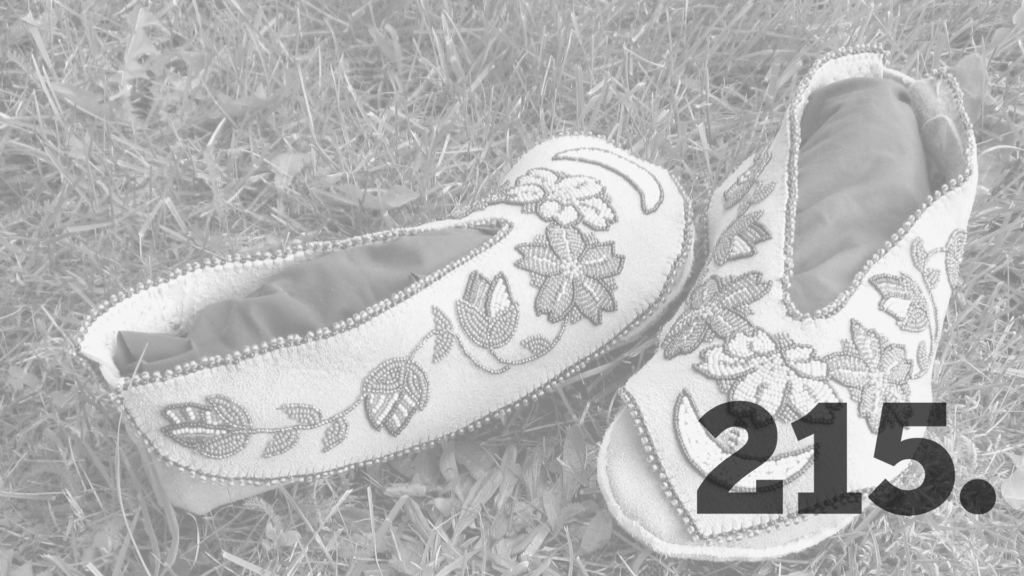Discovery at Kamloops Former Residential School reinforces need for meaningful action
The uncovering of the 215 innocent children in unmarked graves at the site of a former residential school outside Kamloops in B.C. is absolutely devastating. This horrific tragedy has once again deepened the wounds of the survivors of residential schools, their families and indigenous people across Canada.
As a father, my heart breaks thinking of all the loving parents who never saw their children return home and who were never granted the dignity of knowing what happened. There is nothing more painful in life than losing a child.
To be honest, we should not be shocked with the discovery in Kamloops because we have known about this travesty for decades.
More than 20 years ago, in my previous profession as a journalist, I recall investigating a story of the discovery of unmarked graves at a former industrial school, Dunbow Industrial School, which was similar to a residential school. The unmarked graves were only uncovered as a result of erosion along the Highwood River east of Okotoks. This became a national story, but I could not believe this was happening so close to home.
Due to poor living conditions and health care, 73 students are known to have died while attending Dunbow. Some were buried at an informal cemetery on the banks of the Highwood River.
Thankfully, after the discovery First Nation and Metis elders worked with the provincial government to ensure the disinterment was respectful of cultural traditions. On May 5 2001, traditional Aboriginal and Christian ceremonies were conducted to commemorate reburial of the remains of 34 individuals in this protected location.
In 2013 Calgary artist Laurie Sommerville created the 10-minute documentary “Little Moccasins”, which shares information about the school. In this is emotional and moving short film Jeanette Starlight, a Tsuu T’ina educator tells the story of children being taken away from the parents, to “a strange place, gave them strange names and taught them a strange way, took their language away. They were children, they were just babies.” The documentary also shows how elementary students from Strathcona-Tweedsmuir School honoured the indigenous children who died at the school by releasing butterflies and stating their names. I would encourage everyone to take just a few minutes and watch “Little Moccasins” at: https://www.youtube.com/watch?v=_MA_7Iiie9E
Seeing those unearthed gravesites is something I will never forget. It certainly inspired me to learn more about residential and industrial schools and the impact they had not only on indigenous communities, but to all of Canada.
Since the discovery at Dunbow Industrial School numerous other local stories have been written of discoveries in our communities. Each, a story to help educate and raise awareness on the horrors of residential and industrial schools in Canada.
Every Canadian should learn more about this issue and demand action.
We live under the shadow of inequalities and injustices faced by First Nations and Indigenous persons: lack of clean drinking water, deplorable housing conditions, systemic racism, abuse, neglect, human trafficking, removal of culture and tradition, and human rights abuses.
This is Canada’s shame to bear and Canada’s responsibility to make right.
While communities and families grapple with this unthinkable revelation, we must come together in support and provide whatever assistance is necessary to aid in the healing process and to provide whatever resources are needed to protect, honour and identify those children.
It was under our former Conservative government we created the Truth and Reconciliation Commission (TRC) as part of the 2007 Indian Residential Schools Settlement Agreement, which recognized the Indian residential school system had a profoundly lasting and damaging impact on indigenous culture, language and heritage. The commission’s report reflected the hard work and dedication to building public awareness about resident schools and fostering reconciliation, understanding and respect. The final report of the TRC helped to explain this dark chapter in Canadian history and the calls to action addressed the legacy of the residential schools and advanced the process of reconciliation.
Although I am proud of Prime Minister Stephen Harper apologizing on behalf of all Canadians for the residential school program, more needs to be done to address the outstanding recommendations in the commission’s report. They need to be addressed and addressed quickly so we can get on to doing the hard work of tackling issues and improve the lives of indigenous peoples right across Canada.
We must ensure the racist, colonial practices of the past are never repeated again. As individuals, we must educate ourselves of this history which is too often not spoken about.
